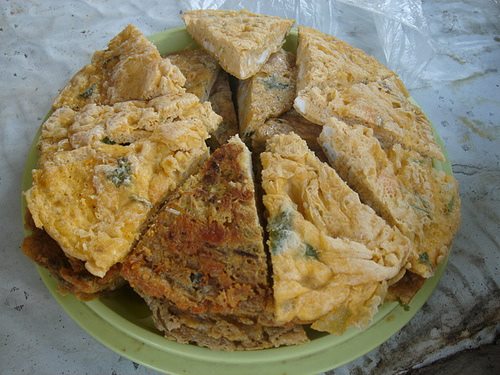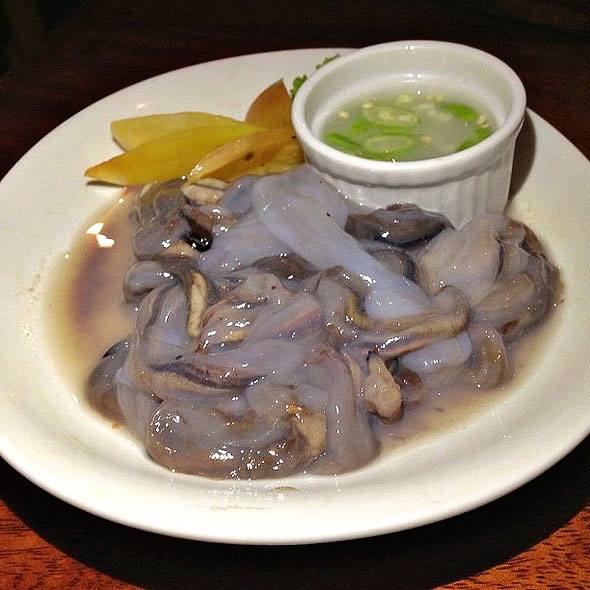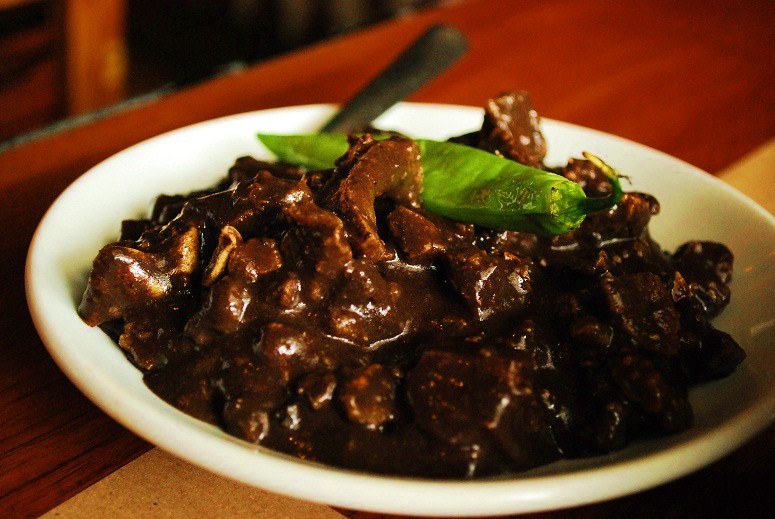Five Filipino Foods Not For the Faint of Heart
Every country has its own culinary oddness that oftentimes borders on the stomach-turning, Fear Factor-worthy experiences. But for those who have an adventurous appetite, gastronomic discoveries are always a welcome treat.
There is the foul-smelling notoriety called surströmming (fermented fish that’s a staple in Swedish cuisine) usually described as hell in a can that have made thousands of tough men cringe. Then there is the lutefisk (dried white fish treated with lye, a traditional Nordic delicacy) that might as well be detergent in the mouth, judging by the degree of lye used in the processing of the fish. The hakarl (from Iceland) or rotten shark hanged for four to five months in a storage room which is just too putrid for many to stomach.
Eating exotic food for the first time normally elicits gag reflexes. But if you are one of the brave ones, try giving Filipino exotic foods a shot. It is for those who can handle some sort of gastronomic deviation – some blood, lots of innards, a little bit of stink, and all else that’s beyond your imagination. Fret not as the taste might surprisingly make you ask for more.
–
Balut

Photo grabbed from janelakaye.blogspot.com
No one seems to not have heard of the balut, which is boiled egg with an undeveloped fetus, ranked the most gruesome of all Filipino food by news and food magazines worldwide. If you do not mind eating a feathered fowl in its unhatched state, you might as well try it, accompanied on the side by a good bowl of vinegar and soy sauce. Best eaten at night, it is recommended by some as an effective aphrodisiac.
–
Abnoy / Bibingkang Itlog

Photo grabbed from farm3.staticflickr.com
In the town of Pateros and some parts of Laguna, spoiled eggs are used to whip up an obnoxious-smelling but arguably yummy delicacy called abnoy or bibingkang itlog. The former is a derivative of the word “abnormal” which aptly describes how it must be like being forced to eat rotten eggs.
–
Isaw

Photo grabbed from topten.ph
If you are one of the brave ones willing to embark on an uninhibited gastronomical journey, try walking down the streets of Manila and you’re sure to find in some street corner vendors selling the Filipino favorite isaw. The isaw is chicken intestines skewered on a thin stick, best dipped in a special sauce or vinegar. Perfect as pulutan, or food for late night drinking sprees, the bitter-salty-sour taste usually leaves everyone wanting for more.
–
Tamilok

Photo grabbed from homekitchenomics.com
In the island of Palawan, long, feathery, creepy crawlies called the tamilok abound in mangrove trees. Known as shipworms or woodworms, they are lauded for being rich in vitamins and minerals. Scientifically named Teredo navalis, they can be eaten raw or as kinilaw (soaked in vinegar).
–
Dinuguan

Photo grabbed from 3.bp.blogspot.com
Usually served with puto, a kind of Filipino sponge cake, the dinuguan is the savory offal meat stew drowning in animal blood your Filipino friends warned you about. Derived from the Tagalog word “dugo” meaning “blood”, it has an unexplainable distinct smell that is difficult to wash down with gulps of water. The dinuguan is a lesson in pig anatomy, composed of small and large intestines, ears, kidney and the heart chopped down. It is a delicacy jokingly called “chocolate meat stew”, and may well be a distant cousin of the English black pudding.
–
Article by Arvee Gomez
Related post: 10 Must Try Street Food in the Philippines













